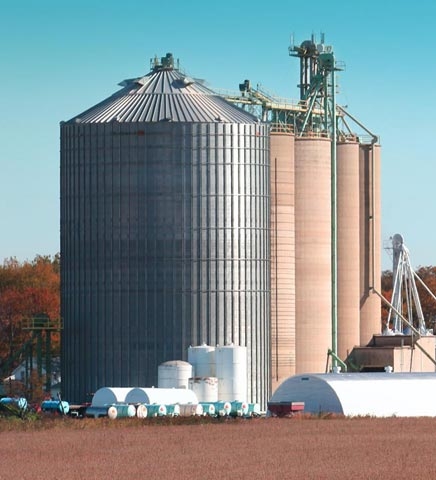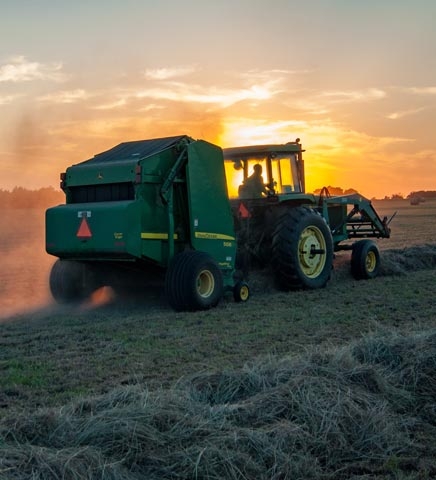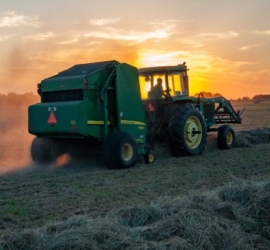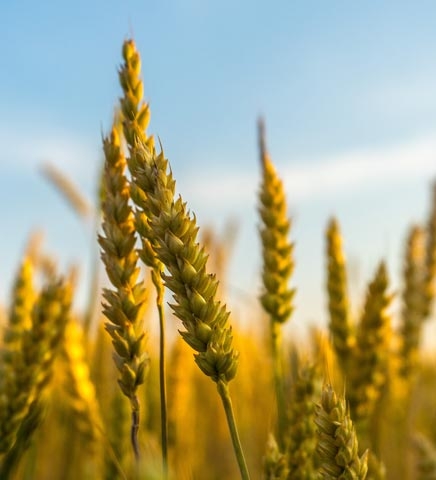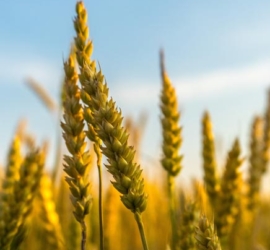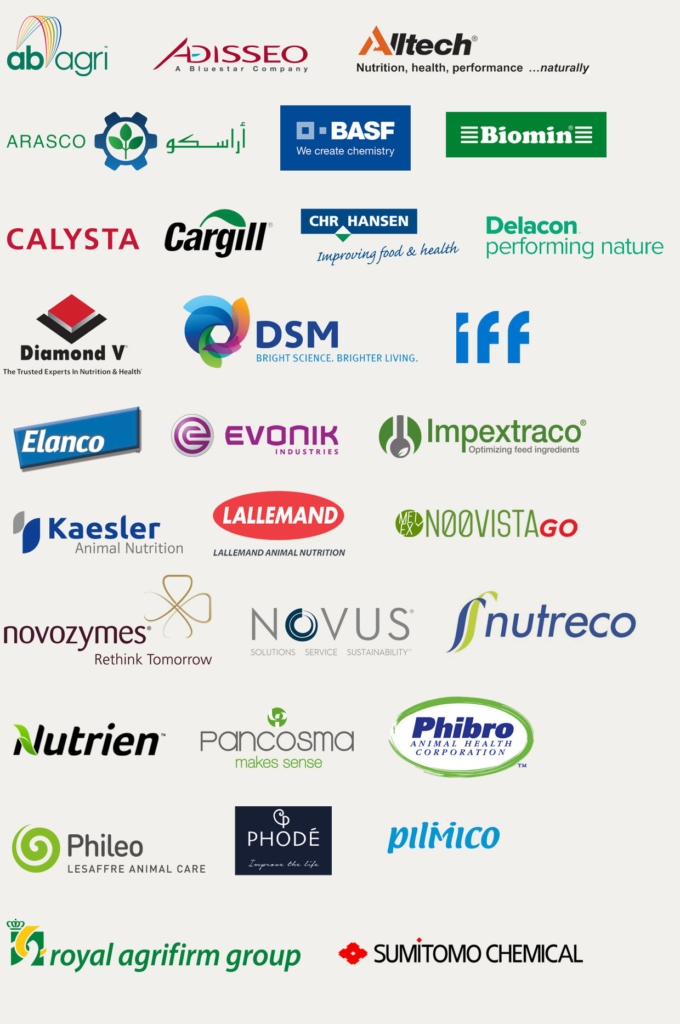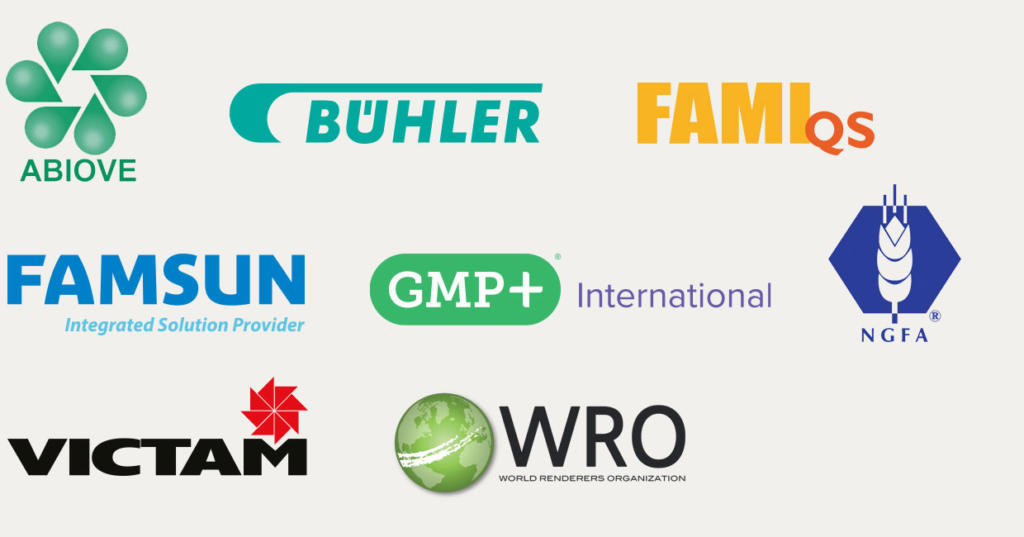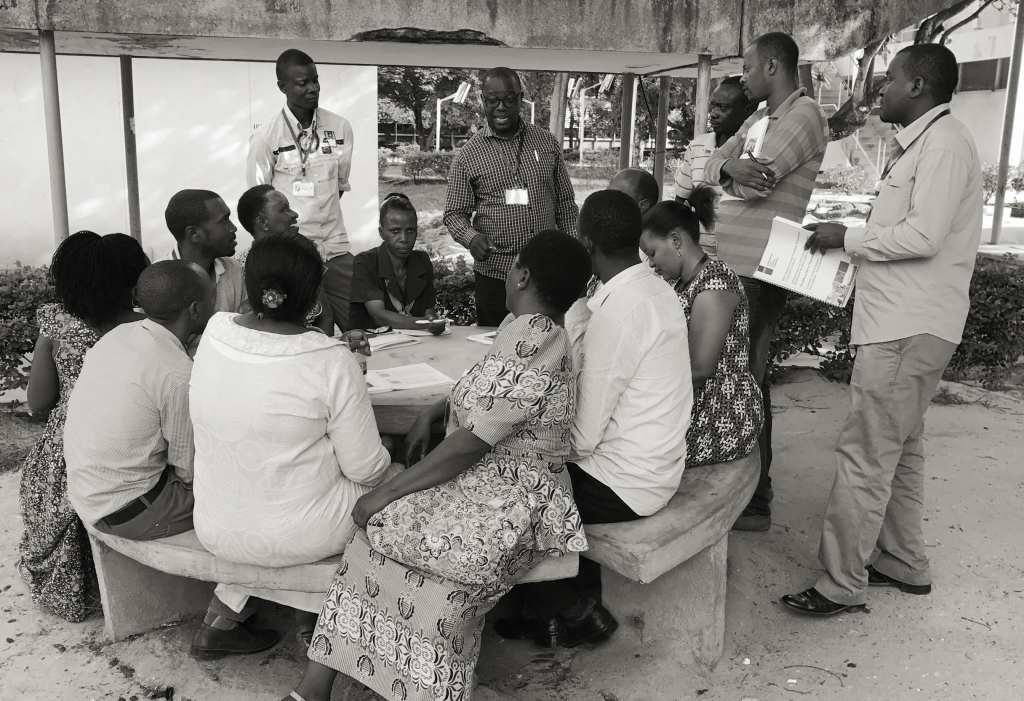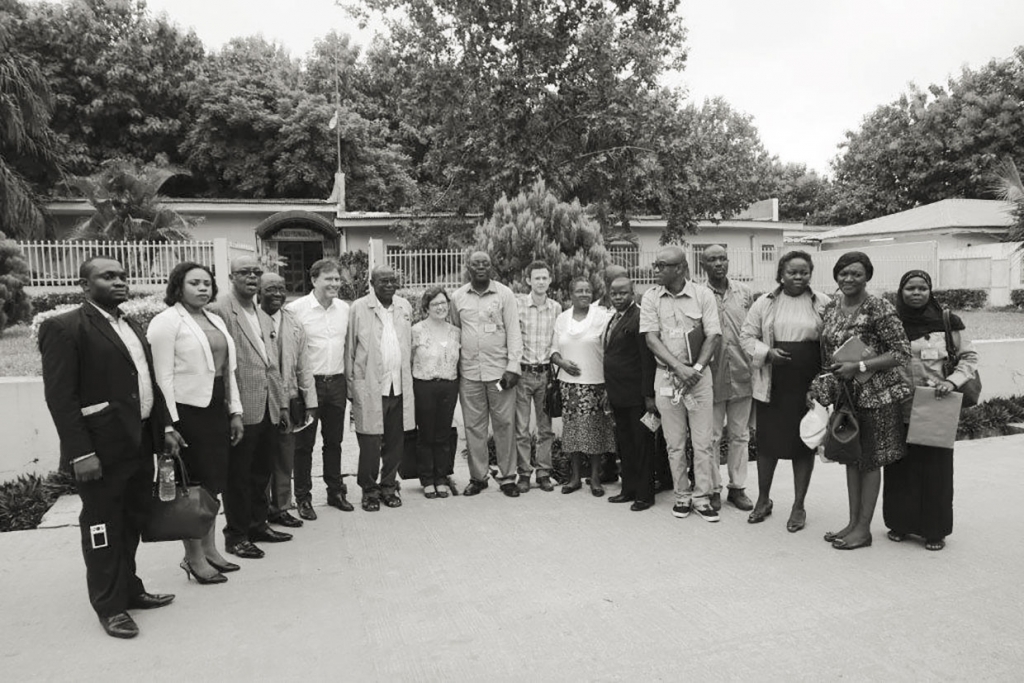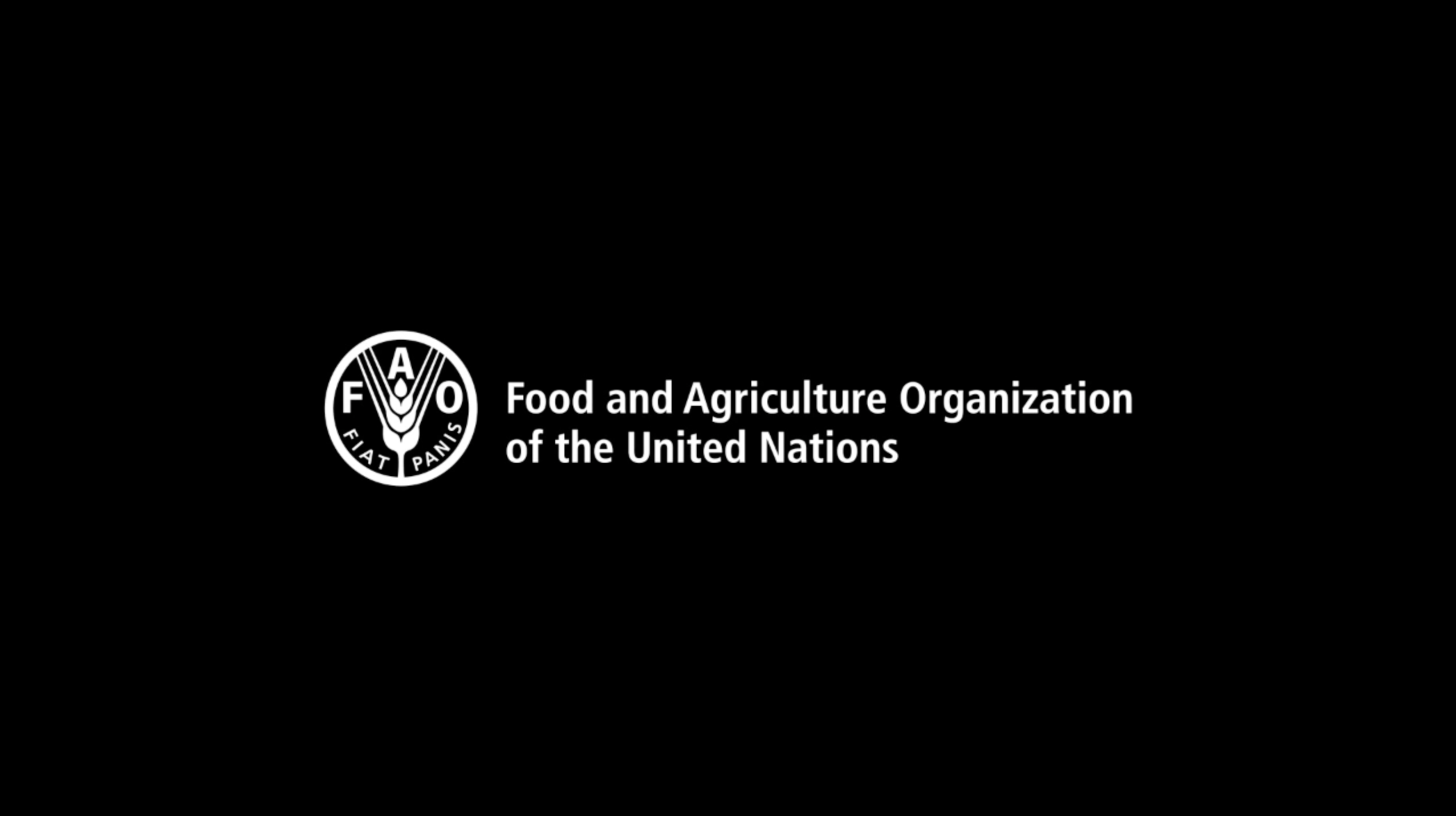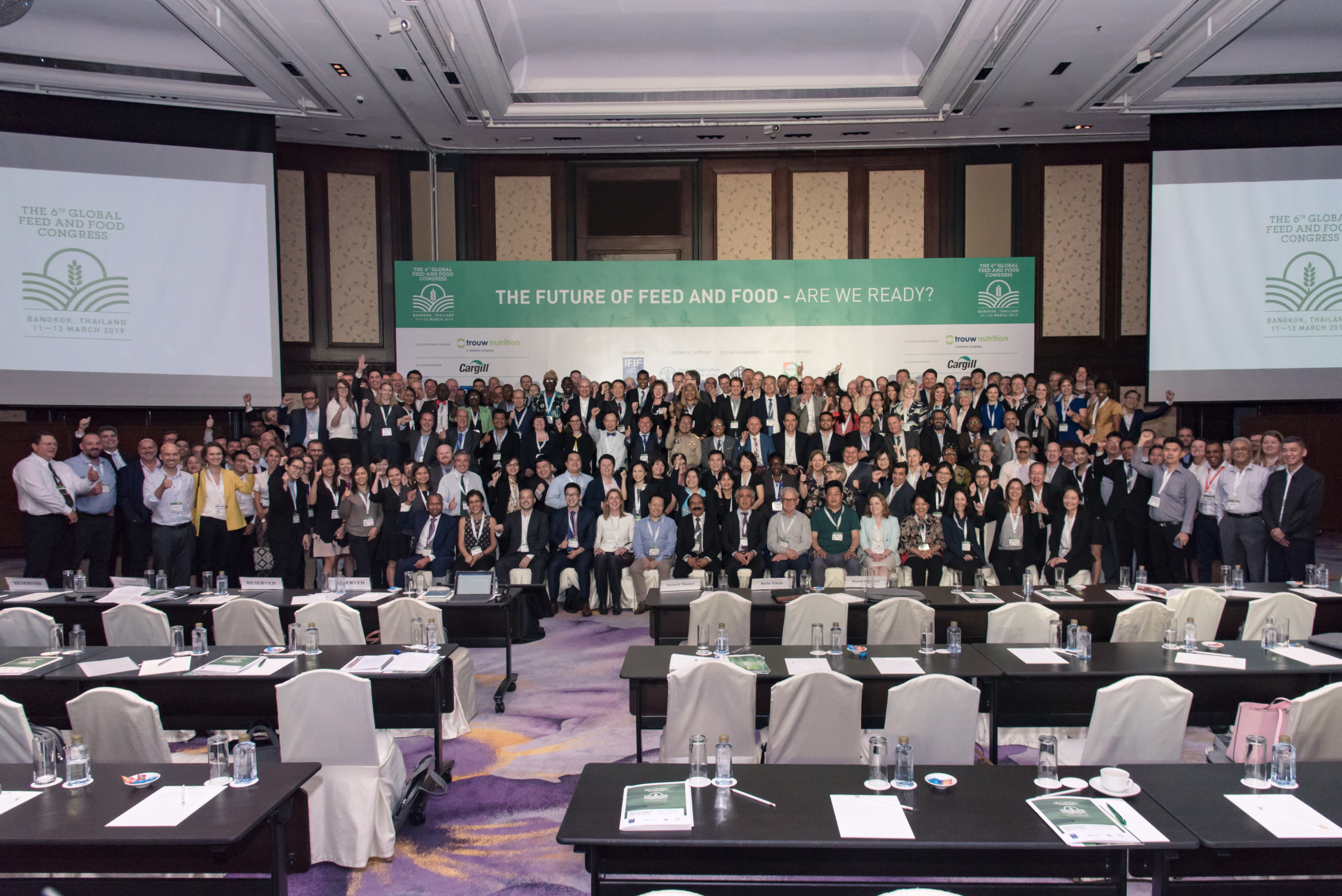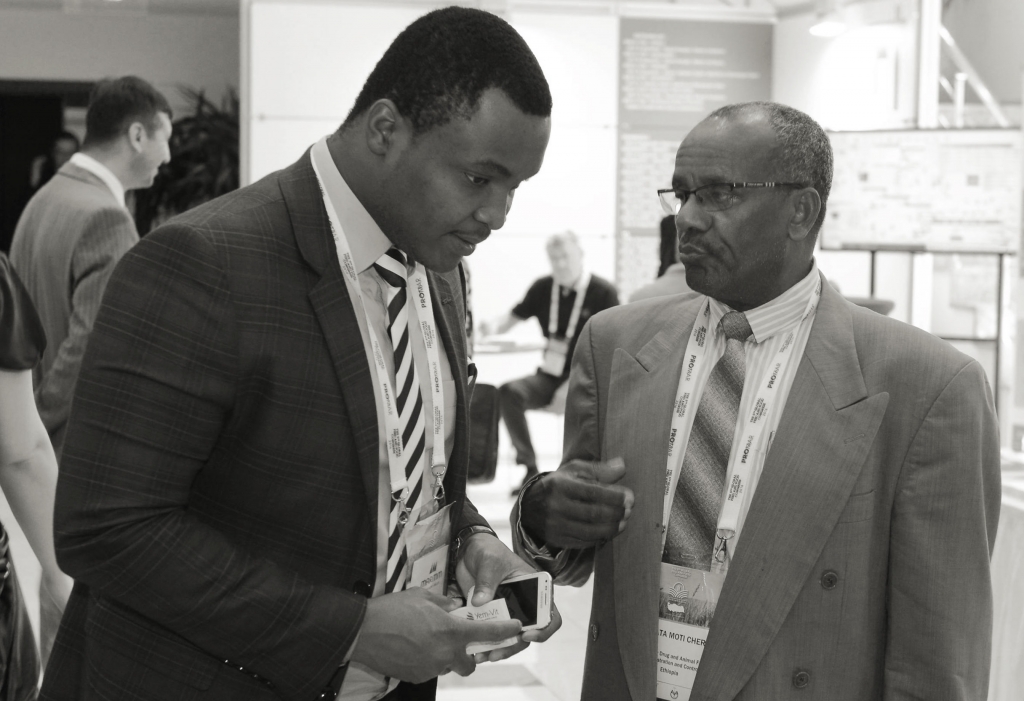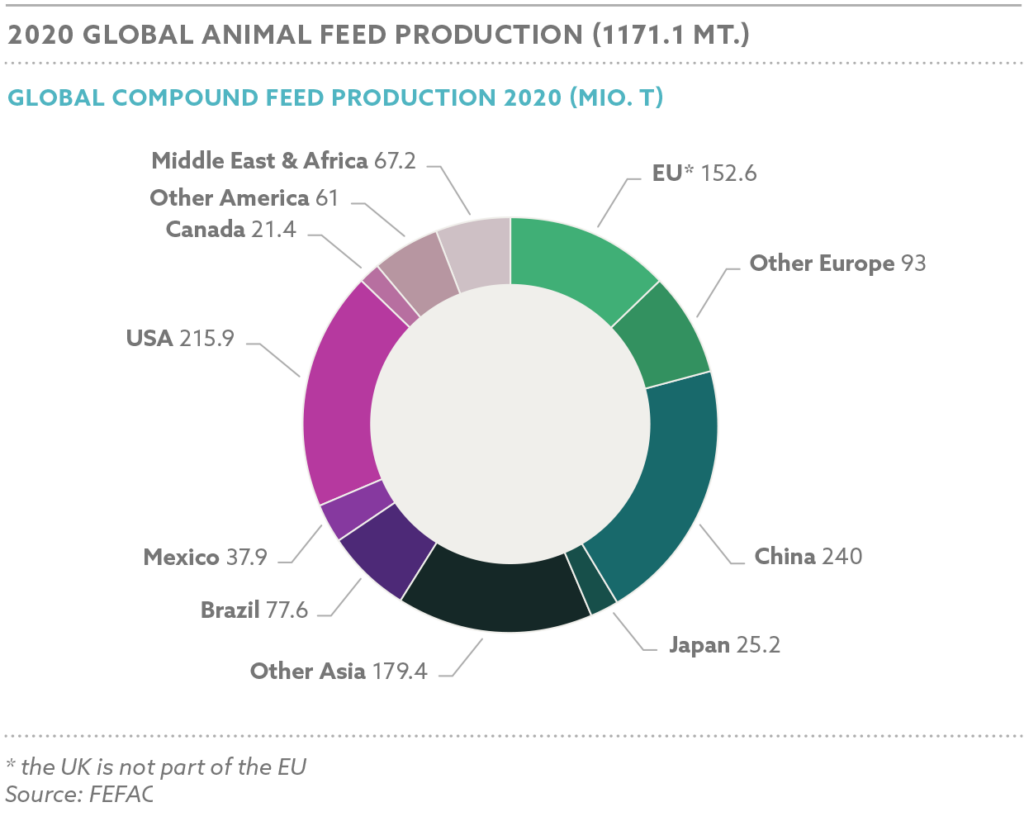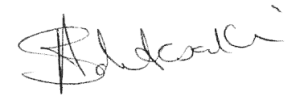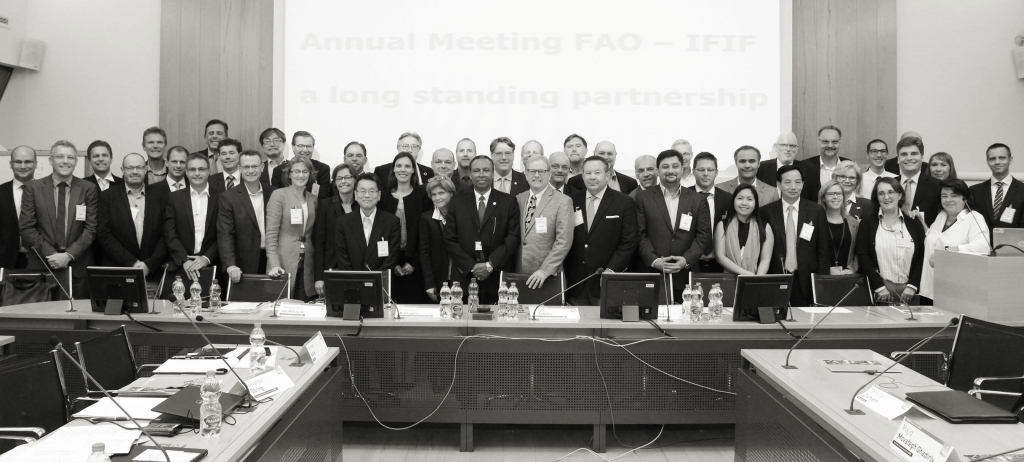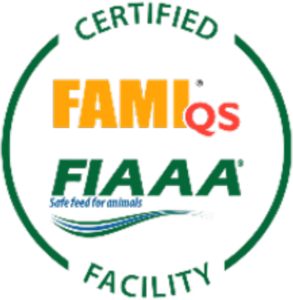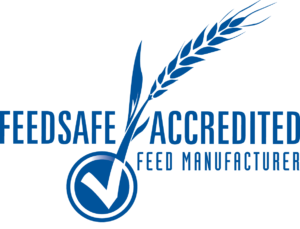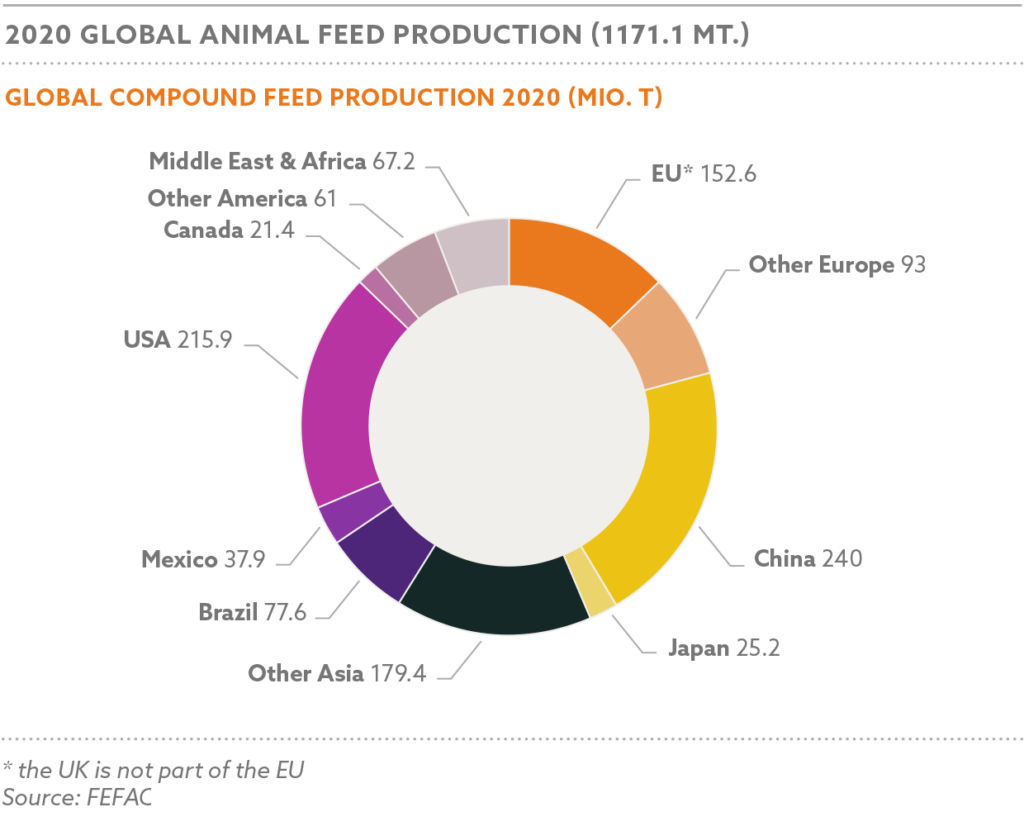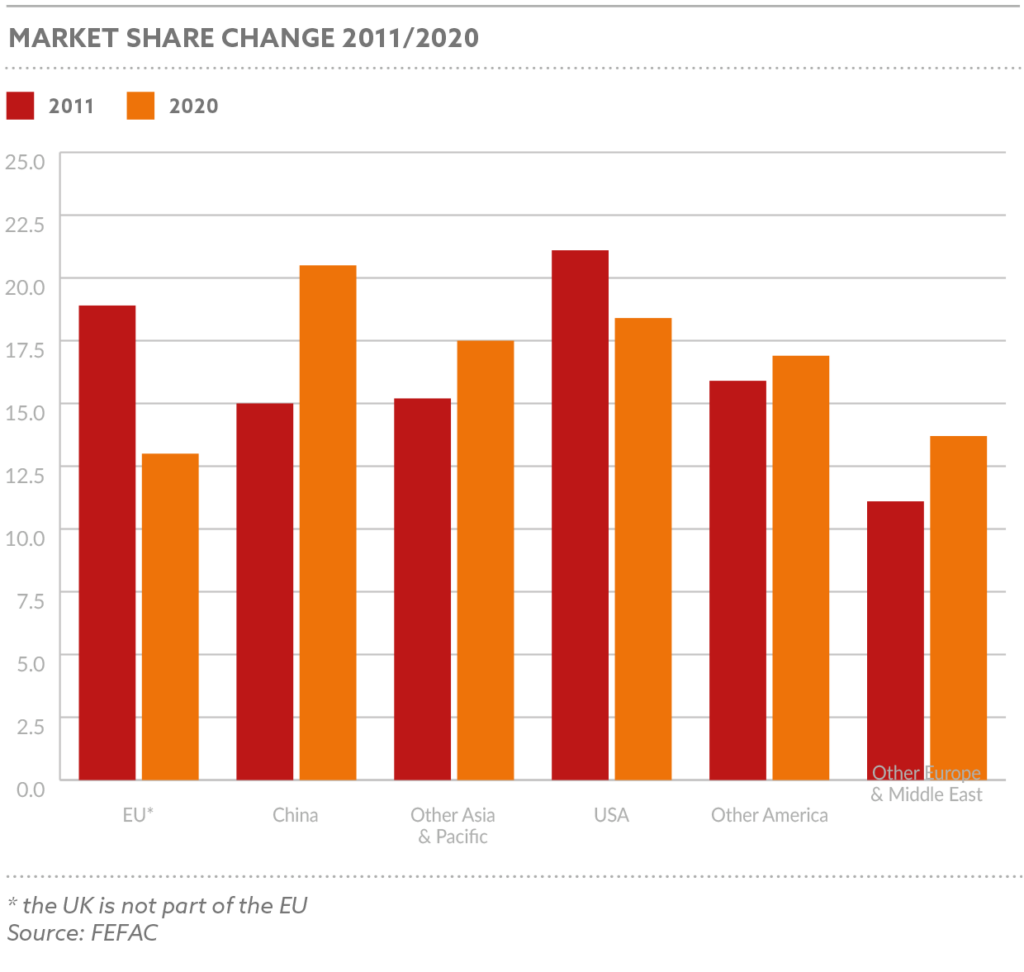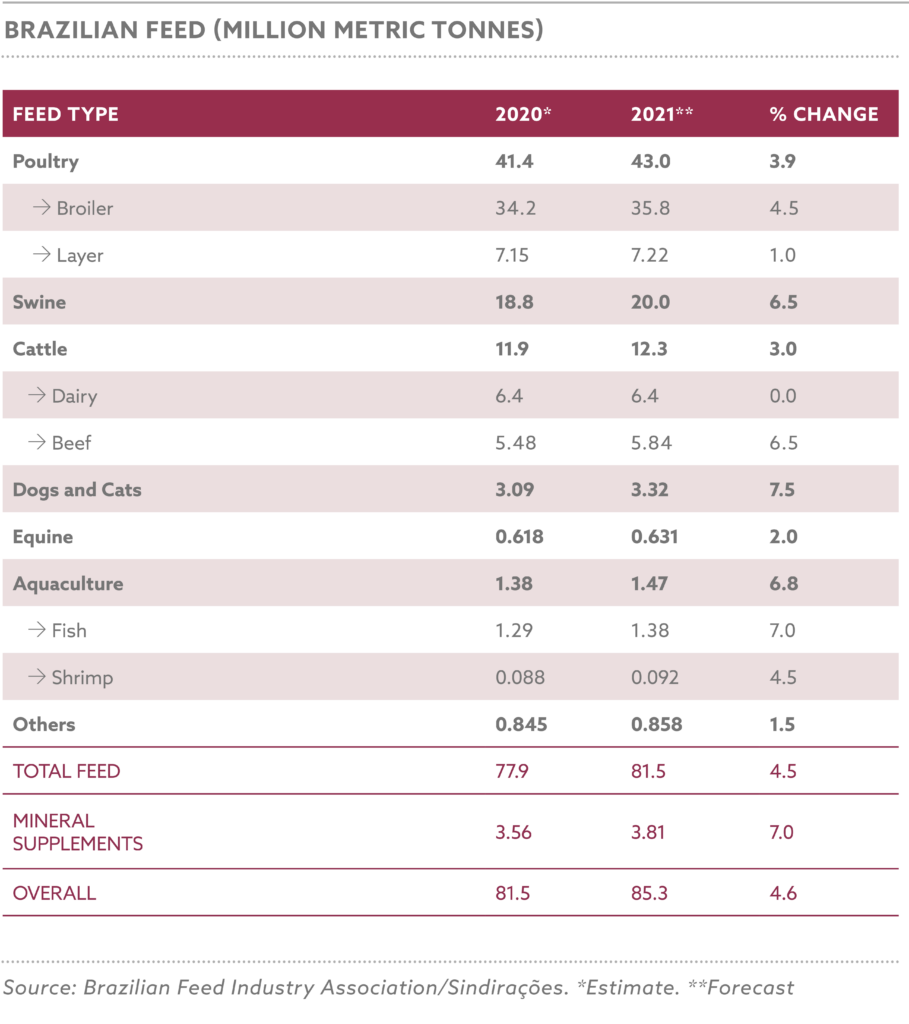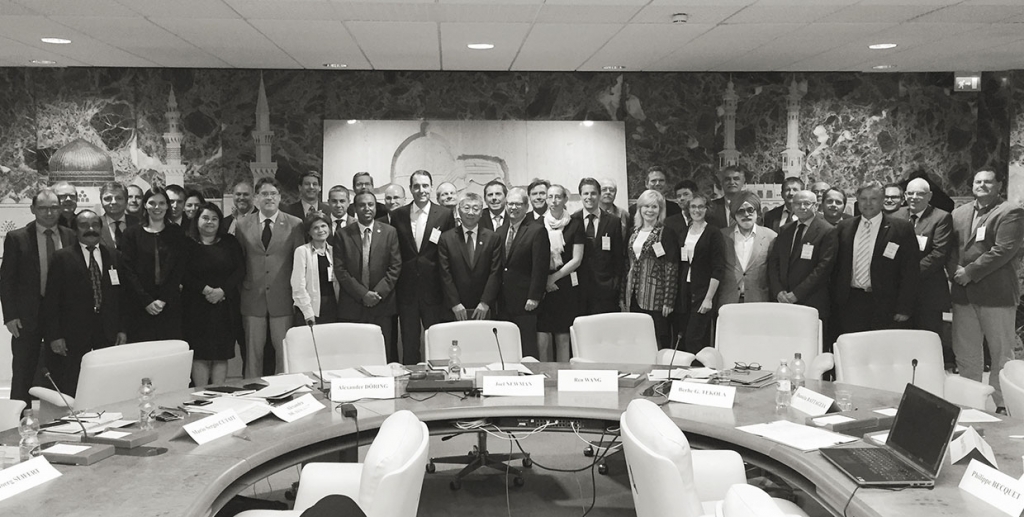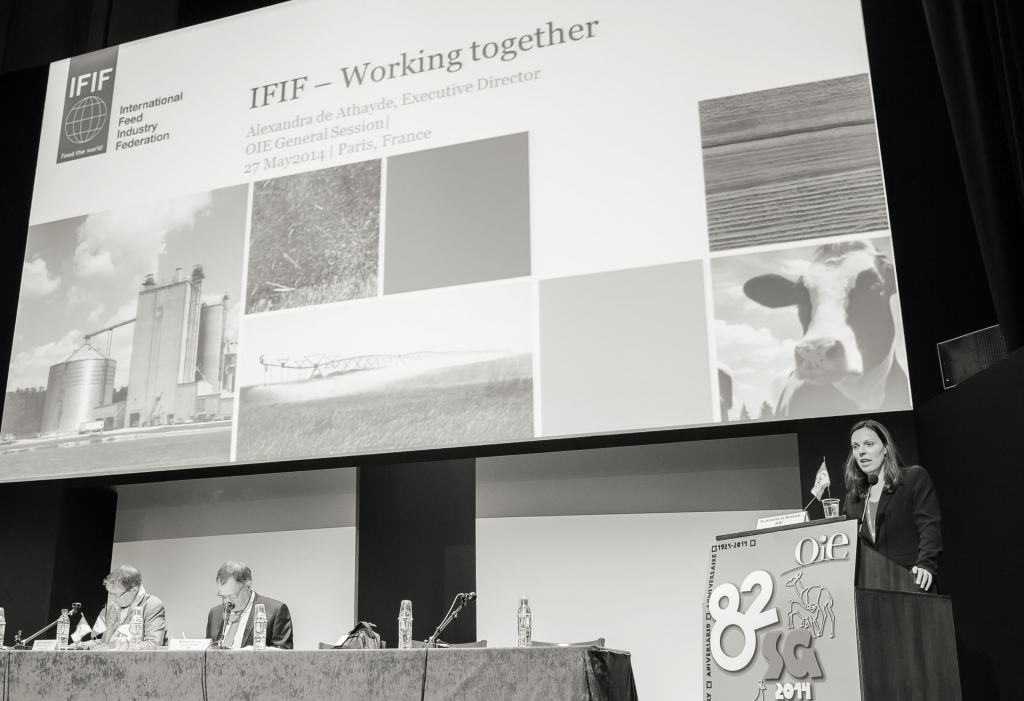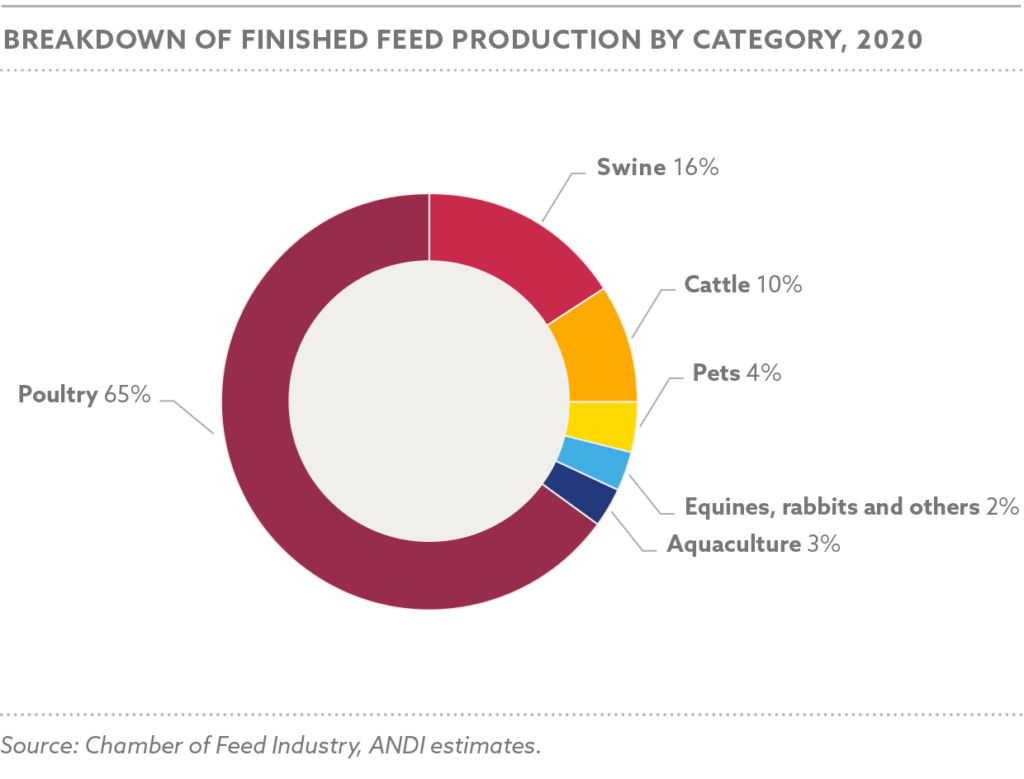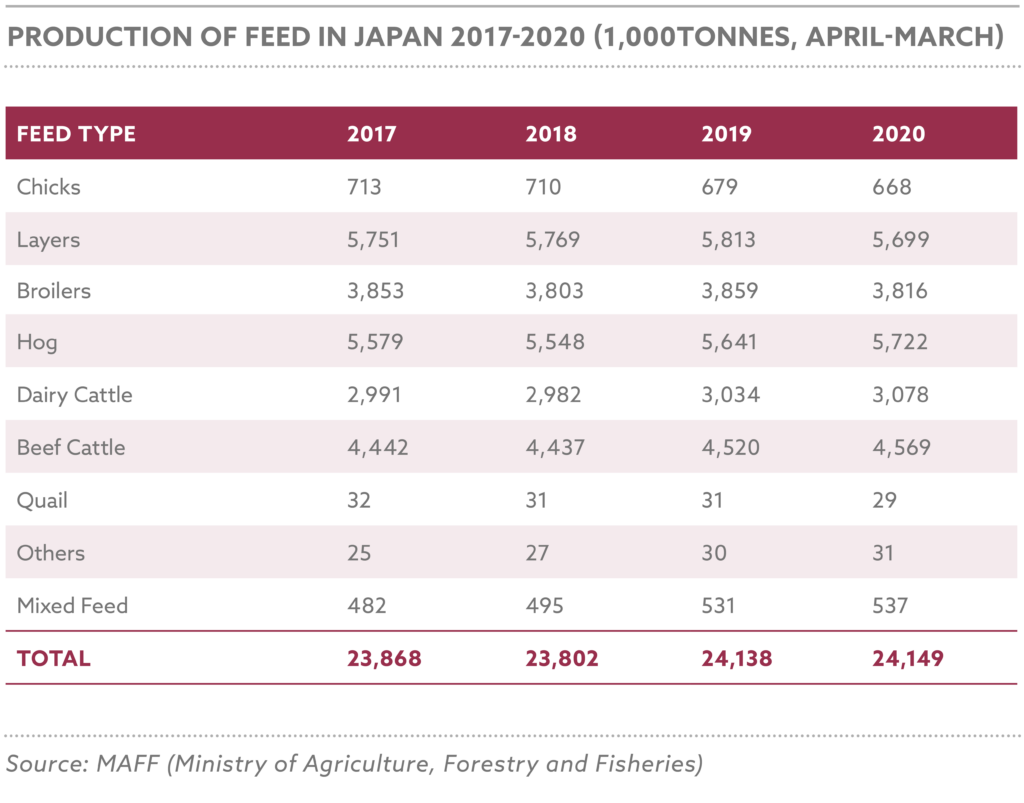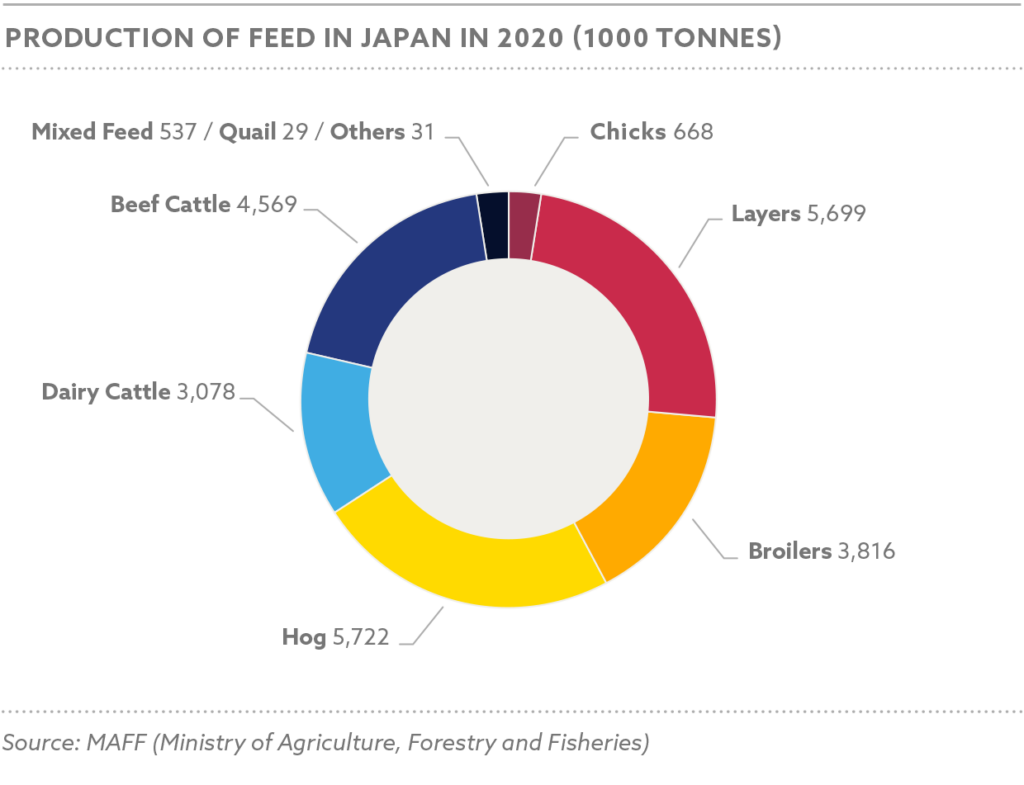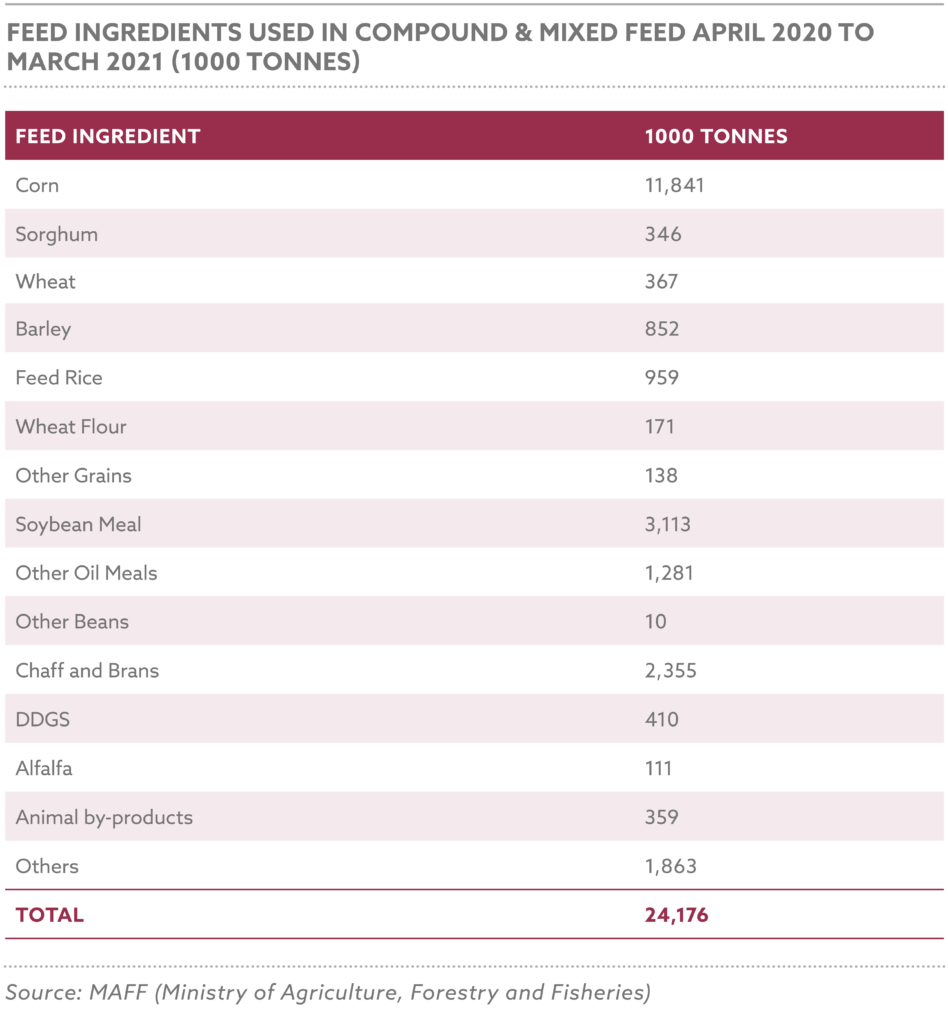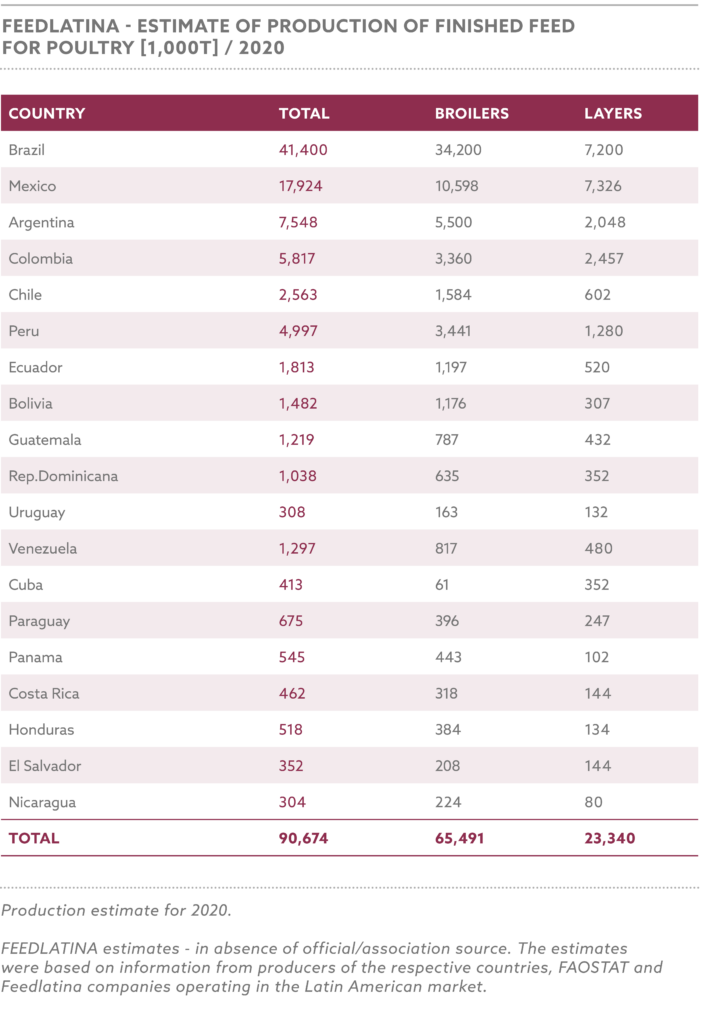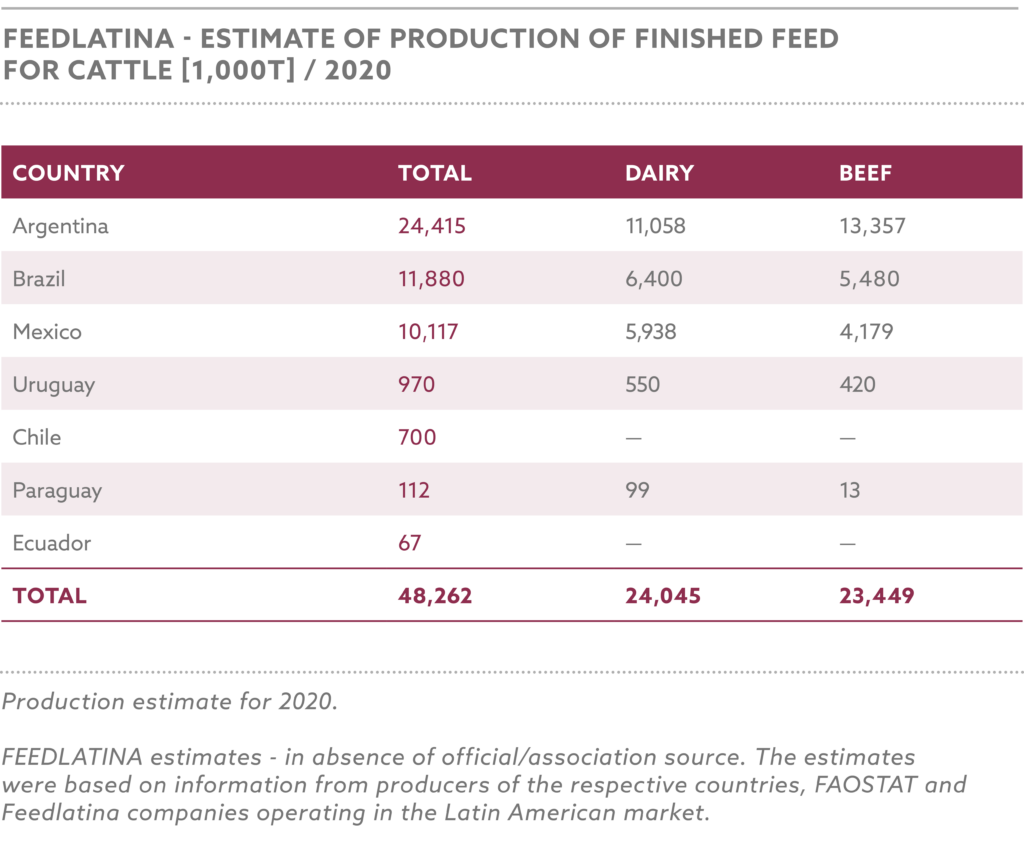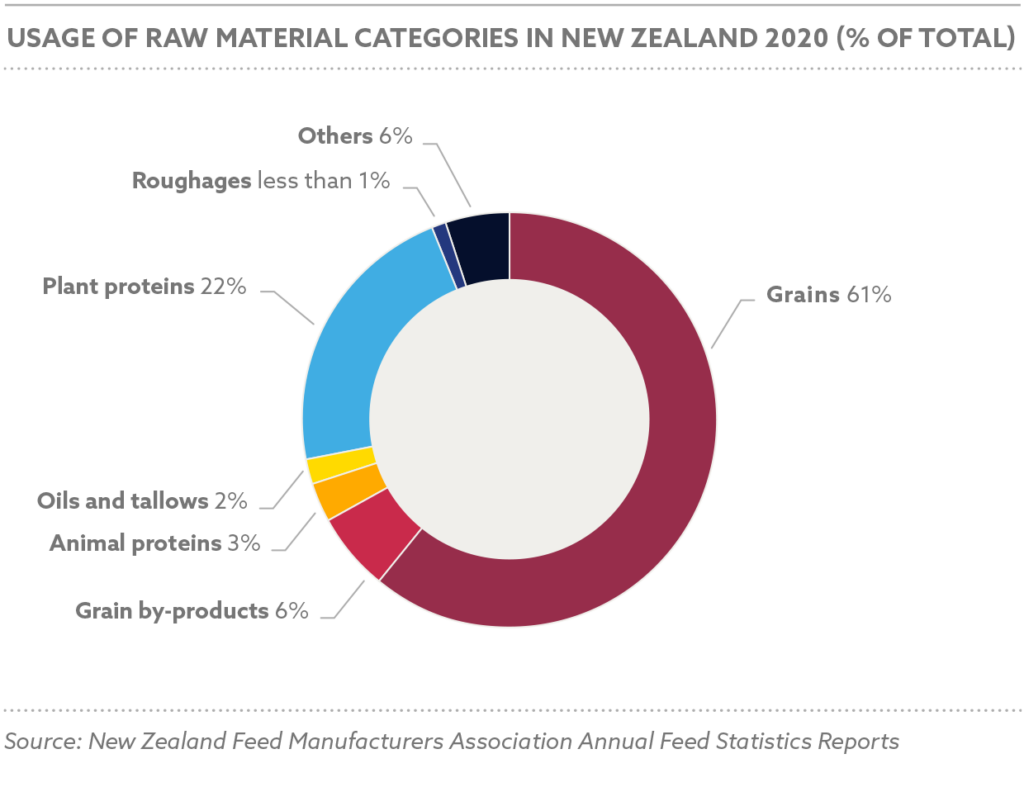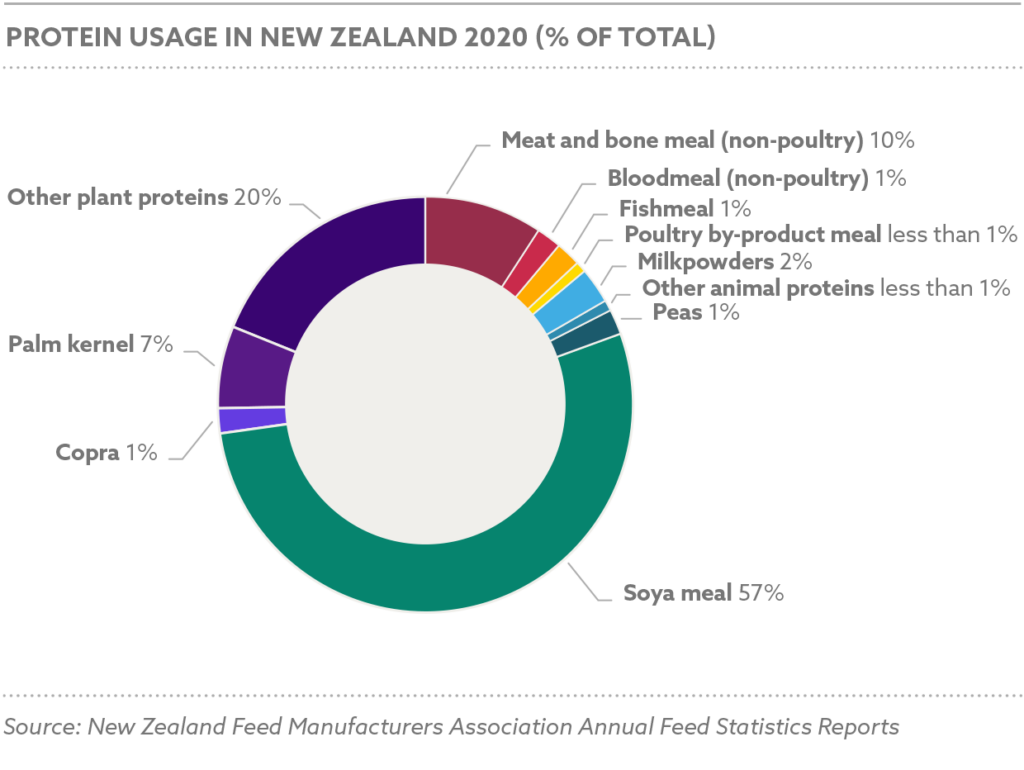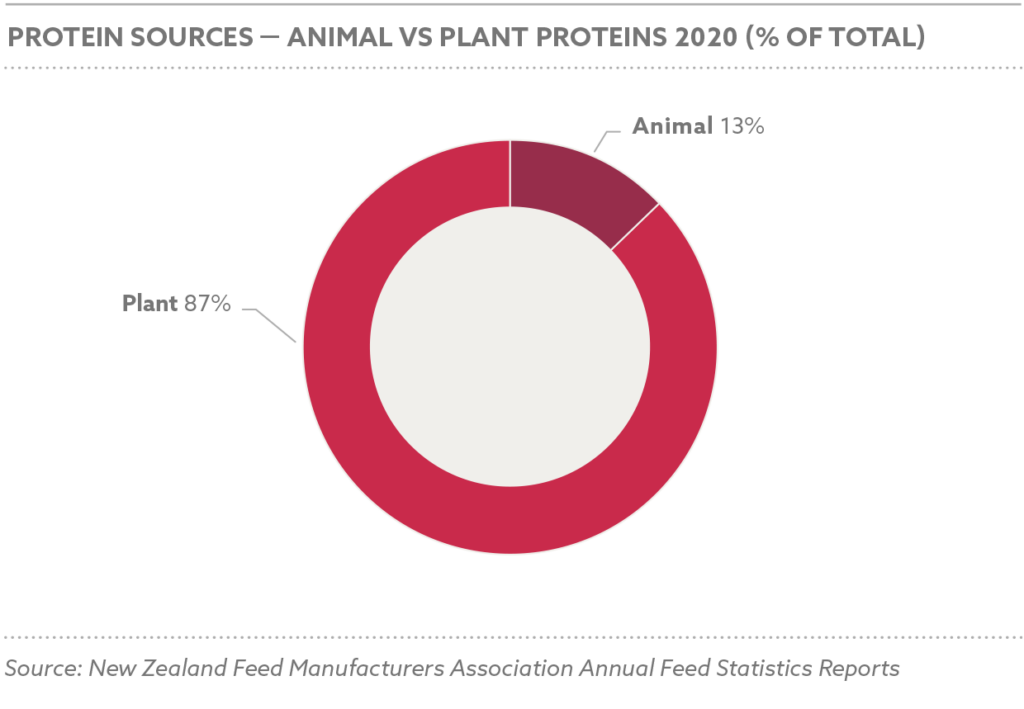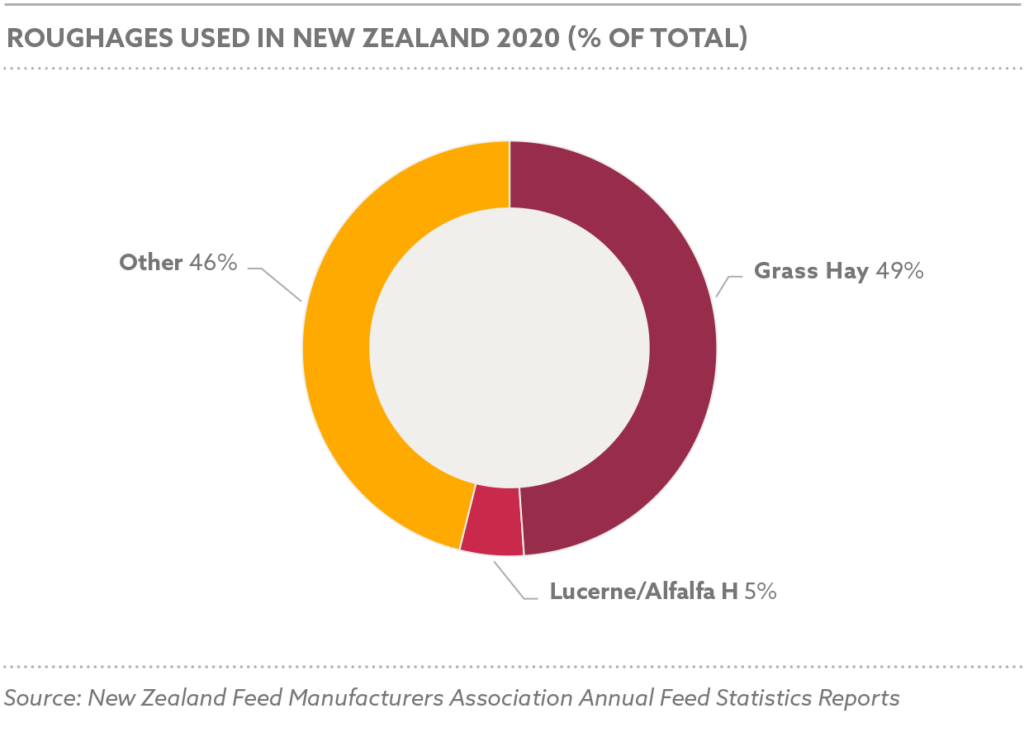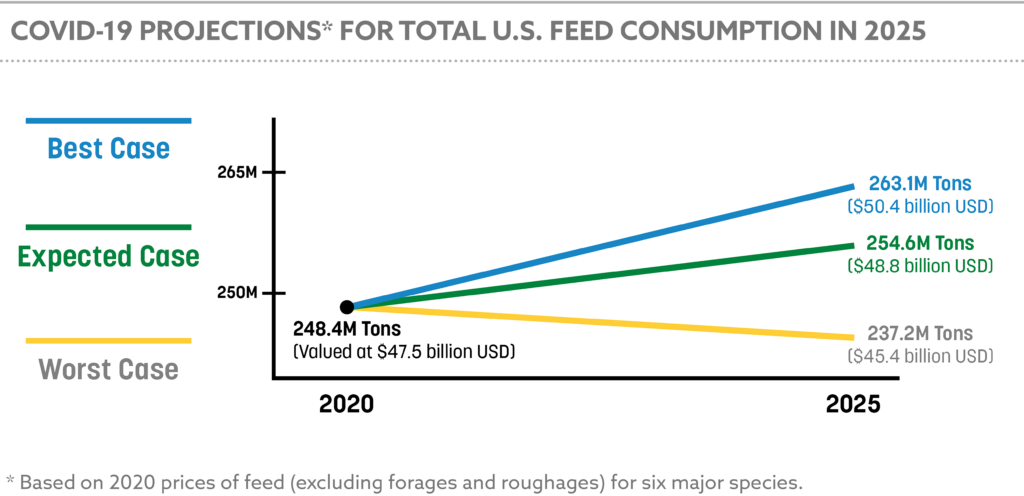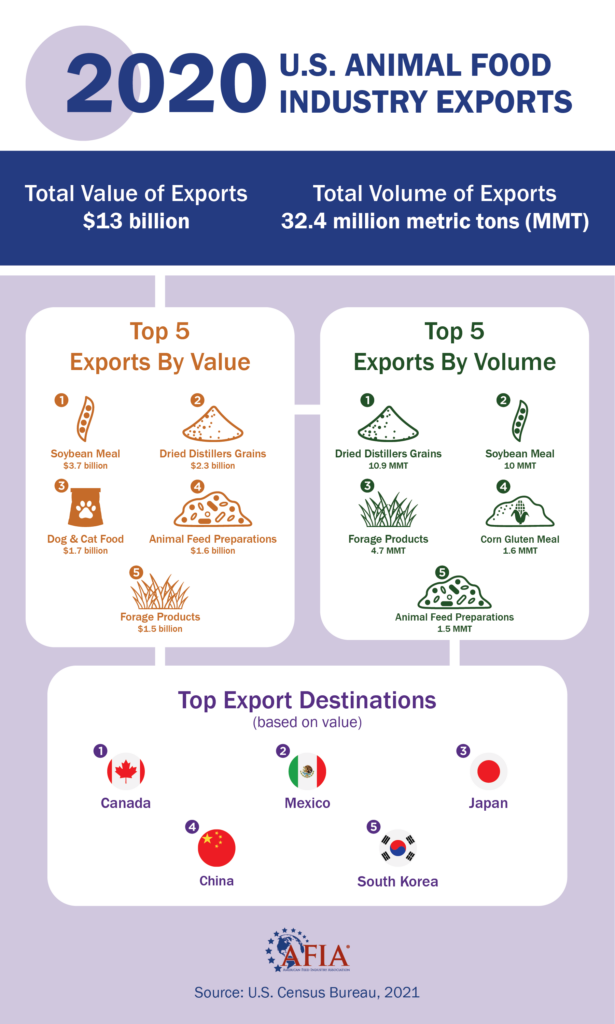1. New AFMA Strategy
To remain a trend-setting and leading stakeholders in the agricultural environment, AFMA, and its members must endorse the principle of continuous improvement. Continually evaluating and benchmarking its role and impact within the value chains it is directly involved in and within the related up-or downstream industries it influences.
During July and August 2019, the AFMA Board of Directors and Management engaged in a series of Strategic Focus workshops with a specific target to focus on the vision of AFMA aligning its future role in the value chains and, in particular, the Grains Value Chain, Oilseeds Value Chain, and Livestock and Poultry Value Chains being the most prominent.
AFMA has a unique advantage within the business environment; it finds itself without competing with any of the value chain partners. It is a supplier to the majority of the end-users in the value chains, receiving quality grains and oilseeds as inputs, processing it into a safe feed and delivering it to the end-users as one of their critical inputs, by that delivering on AFMA’s slogan – “Safe Feed for Safe Food”.
Vision
The refined AFMA vision says it all – “The dynamic animal feed thought leader, influencing food security through partnerships with all stakeholders”.
AFMA greatly values its different partnerships within the relevant value chains and is continuously striving to unlock sustainable growth for all value chain partners, with the firm belief that a healthy and prosperous value chain consists of healthy value chain links within the chain knowing the importance of the inter-dependence of each link towards the other.

Additional to its highly regarded value chain partnerships, AFMA furthermore fully acknowledges and appreciates the fact that the private sector can’t function in a vacuum or as an island, therefore the need for a compact or partnership with the Government in a Public-Private Partnership (PPP) format, with one partner creating an enabling environment and the other conducting their businesses in such a manner which results in economic growth, job creation and the necessary transformation within the different value chains, feeding into the larger agricultural sector, eventually contributing to the national economic picture, aligned with the Agriculture and gro-Processing Master Plan (AAMP) and the outcomes of the National Development Plan (NDP).
AFMA’s involvement in master plans
Given AFMA’s specific position, central to several value chains related to the animal feed industry, AFMA already plays and will be playing a critical role in the following sectoral or industry master plans:
- The Agricultural and Agro-Processing Master Plan
- The South African Poultry Sector Master Plan
- The South African Soya Strategy (being developed)
- The South African Economic Recovery Master Plan

To ensure alignment throughout all AFMA structures and committees, a cascaded approach is followed with the Board of Directors, ultimately responsible for achieving the AFMA strategic goals. In support of the Board of Directors, the respective AFMA Committees formulates their Strategic Focus Areas annually in alignment with the overarching AFMA Strategy.
Ownership is as a result of this taken by each committee, to identify its objectives to satisfy the strategic focus areas during a strategic committee session at the beginning of the year. The committee is then responsible for achieving its outcomes and action plans as formulated under the committee management’s leadership.
The achievement of each AFMA committees’ strategic goals is aligned and fed into the larger AFMA Strategic focus, ensuring the full buy-in and ownership of the new AFMA Strategy within all AFMA structures.
2. Domestic grain and the oilseeds commodity outlook
South Africa’s 2019/20 grains harvest stands set to be the second-largest on record, supported by an expansion in area planted and favourable weather conditions during the season.
About 9.1 million tons of maize expected to be harvested in the 2019/20 season is white maize, with 6.4 million tons being yellow maize, bringing the total to 15.5 million tons. The current maize harvest is up 38% from the 2018/19 crop and is the second-largest harvest on record.
The soybeans and sunflower seed 2019/20 harvests are up 8% y/y and 13% y/y, respectively (South Africa’s Summer Crop Production Estimates 2018/2019). The increase in this season’s summer crop harvest is mainly supported by an expansion in the area planted in the case of maize and favourable weather conditions, which led to improvements in yields.

The data implies that South Africa will remain a net exporter of at least 2.7 million tons (up 89% y/y) in the 2020/21 marketing year, which began in May 2020 and ends in 2021.
This occurs at a time when southern and East African maize import needs could outpace those of the previous year because of regional poor harvests on the back of droughts and invasions of locusts. South Africa could also export maize beyond the African continent to other deep-sea markets such as Japan, Taiwan, Vietnam and South Korea, which were not prominent importers during the 2019/20 marketing year. In the case of soybeans and sunflower seed, South Africa will remain a net importer of their products, sunflower oil, and soybean oilcake (meal), despite the expected increase in domestic production.
Looking ahead
South Africa is about 45 days away from the start of the 2020/21 summer crop planting season. To get a sense of farmers’ potential planting decisions for the season ahead, two of the most critical indicators to be observed are commodity prices and the weather outlook. The La Niña weather event this summer signals higher rainfall, which is conducive for crops. In addition, available data suggest that precipitation could begin on time in the 2020/21 season, which means planting could begin at its traditional time, October for the eastern regions of the country.
Secondly, it is surprising that, given the underlying supply and demand conditions, that domestic grains and oilseeds prices have remained firm for so long. In the week of August 13, 2020, yellow and white maize spot prices were up by 5.3% y/y and 0.2% y/y, trading at R2 895 per ton and R2 880 per ton, respectively.
Simultaneously, sunflower seed and soybean prices were up by 22% y/y and 27% y/y, trading at R6 698 per ton and R7 317 per ton, respectively. These price levels would be expected in years when supply is low, rather than the current situation in which there is an abundant supply of grains and oilseeds.
The factors driving prices are:
- The strong demand from the southern Africa region and deep-sea markets has driven and sustained prices. In the week of August 7, 2020, about 1.1 million tons of maize, about 41% of the expected total of 2.7 million tons, had already been exported to the above markets. This is slightly faster than in a typical season where exports, specifically those to the southern Africa region, would gain momentum towards the end of the year. It also indicates strong external demand for maize needs, something that is expected to continue and involve larger markets, including Zimbabwe, Japan, Taiwan, and South Korea.
- The delay in maize deliveries, due to the late start of the season, supported maize prices.
- The weakness of the rand. The correlation between maize prices and the exchange rate over the past year is 79%. As the currency has weakened, maize prices have tended to rise. The global commodity prices, specifically Chicago maize prices, might have had a minimal influence on domestic maize prices at this point, as they have softened by 7% y/y on August 13, 2020.
- In terms of soybeans and sunflower seed prices, the interaction with the global market is different as South Africa is a net importer of these commodities and the domestic market tends to be sensitive to global developments. The Chicago soybean and EU sunflower seed prices were up by 8% y/y and 10% y/y on August 13, 2020, which, again, supports the trend towards higher rates in our domestic market. The weak rand also supports the local oilseed market. Combined, these factors have managed to overshadow the large harvest, which would typically be associated with lower commodity prices.
This environment provides a greater incentive for farmers to maintain or increase plantings in the 2020/21 production season.
Adding to expectations is the demand for maize in East Africa, which will remain robust as the La Niña weather phenomenon leads to dryness in the region.
The real remaining challenge is regulations, as imports of genetically modified maize are still prohibited. The 2019/20 season began with a ‘dry start’ for the entire southern Africa region, but Zambia and South Africa emerged with bumper harvests, while Zimbabwean outputs dropped.
If plantings improve in Zimbabwe, the maize shortfall in 2021/22 could be less than the anticipated million tons presently being projected. South African farmers may find themselves in a better position if they extend yellow maize plantings in the 2020/21 season as that would find a market in the deep-sea regions. White maize, on the other hand, depends on African demand.
In the case of oilseeds, an increase in plantings would still contribute to the local market. The critical date to diarise is October 28, 2020, when the national Crop Estimates Committee will be releasing data outlining farmers’ planting intentions.
3. Agricultural and Government Policy Issues
Introduction
The first half of 2020 has been dominated by the coronavirus (COVID-19) pandemic, whose containment measures led to widespread economic slowdowns across the world. Economic predictions signal a deep recession and higher levels of unemployment that will dampen national and global demand and have a significant negative impact on international trade.
The pandemic followed fresh outbreaks of African Swine Fever (ASF) in China, which were major obstacles in the path of the country replenishing its pork supplies. China has the largest pig herds in the world, and these declined by about 180 million animals, about 40% of the national total, due to ASF outbreaks.
Meanwhile, fears of an ongoing trade war between China and USA abated after a Phase 1 deal was implemented in the last quarter of 2019. This agreement resulted in 15.3 million tons of USA export sales to China for the 2020/21 season (USDA, June 2020).
South Africa continued its struggle with Foot and Mouth Disease (FMD) as new outbreaks occurred in early 2020. Although South Africa was able to put systems in place to ensure that the January 2019 FMD outbreak was under control, the country failed to convince the World Organization for Animal Health to reinstitute the country’s status of FMD-free zone. South Africa’s beef exports fell by 17%, from 30 000 tons in 2018 to 25 000 tons in 2019. Amid these challenges, South Africa has begun developing Agriculture and Agro-processing Master Plans (AAMPs) to guide strategic interventions that can promote inclusive transformation.
From a trade agreement perspective, the UK left the EU in January 2020 and is negotiating a new trade agreement, which, it is hoped it will be concluded before year-end. However, a ‘no-deal’ scenario is still possible.
In Africa, the African Continental Free Trade Agreement (AfCFTA) is expected to be implemented in early 2021, after delays due to the COVID-19 pandemic and the postponement of the original July 1, 2020 target date.
Other trade agreements have been relatively quiet regarding reviews and engagements, with all falling under the radar. For instance, the SACU EFTA reviews failed to take another step forward as countries sought to broaden the product scope and deepen the value of the trade agreement.
4. South Africa’s trade performance
South Africa recorded an agricultural trade surplus of US$ 773 million, as illustrated in South Africa’s Trade Performance 2010 to 2019. This is up by 16% y/y, with exports having increased at a much higher rate than imports. The ongoing COVID-19 crisis has brought uncertainty to global trade because of disruptions in supply chains and weakening demand. As an export-oriented activity, South Africa’s agricultural sector is one of the industries negatively affected by the pandemic. However, the disruptions were comparatively minimal, given that the global agricultural and food sector has generally stayed operational.

Exports were underpinned by grapes, maize, wine, wool, pears, apples, plums, lemons and macadamia nuts, amongst other agricultural products. These products could continue to underpin South Africa’s agricultural exports in the second quarter of 2020, which mostly corresponds with global lockdowns, but there has been a temporary decline in wine exports due to domestic lockdown regulations. Maize is set to dominate the 2019/20 season; with South Africa’s expected maize exports at 2.7 million tons, up 89% y/y because of a higher domestic harvest. This is at a time when rising demand for maize is expected in the southern Africa region, a primary market for white maize.
In terms of imports, the leading products included wheat, palm oil, rice, poultry meat, sunflower oil and sugar. For 2020, rice, wheat and palm oil will dominate the agricultural import product list. South Africa’s 2020 rice imports could amount to 1.1 million tons, up by 10% from 2019, according to data from the International Grains Council. Meanwhile, South Africa’s 2019/20 wheat imports could increase by 29% y/y to 1.8 million tons.
From a destination point of view, the African continent and Europe continued to be the largest markets in value terms for South Africa’s agricultural exports in the first quarter of 2020. Respectively, they account for 44% and 29% of exports. Asia was the third-largest market, absorbing 19% of South Africa’s agricultural exports in the first quarter of 2020. The balance of 8% value was spread across other regions of the world.

In a nutshell, while the pandemic will result in a loss of incomes in various regions of the world, and in turn, a decline in demand for goods; the agriculture and food sector is one of the few that may not be as hard-hit as other activities. South Africa’s agricultural exports could increase from the US$9.9 billion attained in 2019. The key catalysts this year will be the increase in grains and horticultural output and the weakening domestic currency. Therefore, as in the previous year, the trade will continue to be a key driver of South Africa’s agricultural sector.
The ongoing COVID-19 crisis has brought uncertainty in global trade because of disruptions in supply chains and weakening demand. South Africa’s agricultural sector, which is export-orientated, is one of the sectors that AFMA feared would be disrupted by the pandemic.
So far, however, there have been minimal disruptions as the agricultural and food sectors continued to remain operational during the crisis. The future outlook will, in part, depend on the magnitude of the economic shock of COVID-19. If the trauma is massive and recovery is slow, as some analysts expect, demand for high-value agricultural products could be reduced in some traditional markets. This also means that South Africa should, after the pandemic, continue its efforts to develop its export market for agricultural products in China and India.
5. South Africa’s agricultural export trends
In 2019, South Africa’s agricultural exports saw a marginal decrease of 1.54% over 2018, decreasing from R144 billion in 2018 to R141.8 billion in 2019 (Trends in South Africa’s Agricultural Exports 2013-2019).
From a product perspective, edible fruits and nuts accounted for 35% of South Africa’s total agricultural exports, with beverages contributing 13%, vegetables 6%, sugars 6%, fish and crustaceans 5% and cereals 4%, amongst others.

Asia
The biggest contributors of South Africa’s agricultural exports to Asia were edible fruit and nuts at 54%, sugars at 10%, wines and spirits at 6%, vegetables at 4% and miscellaneous grains, seeds, and fruit at 4%.
Africa
Africa remains the leading market for South African agricultural products, with 41% of total exports or R58 billion in 2019 (see Figure 12). Agricultural exports that saw increases were cereals (41%), products of the milling industry (38%), miscellaneous grains, seeds, and fruit (30%) and preparations of meat, of fish or crustaceans (15%).
Middle East
South Africa’s agricultural exports to the Middle East increased year-on-year by 7% to R9.6 billion in 2019. Decreases were seen in flours, meals and pellets of fish or crustaceans (69%), tobacco (58%) and vegetables (22%) whilst increases were experienced in exports of live animals (260%), miscellaneous grains, seeds and fruit (31%) and edible fruits and nuts (17%).
Europe
South Africa’s agricultural exports to Europe (EU28) decreased by 4.84% from R39.7 billion in 2018 to R37.8 billion in 2019 (see Figure 12). Edible fruits and nuts accounted for 56% of the country’s total agricultural exports to the EU, followed by wines at 15% and crustaceans and fish at 11%. Exports of edible fruits and nuts decreased marginally from R22 billion in 2018 to R21 billion in 2019. Exports of wines and fish saw decreases of 11.8% and 7.5% respectively.
Americas
South Africa’s agricultural exports to the Americas increased by 6% from R7.7 billion in 2018 to R8.2 billion in 2019 (see Figure 12). Edible fruits and nuts remain the major contributor to agricultural exports to the Americas at 51%. Although exports of beverages decreased marginally from 2018 to 2019 by 2.17%, it remains the second-largest product exported at 18.8% of total agricultural exports.
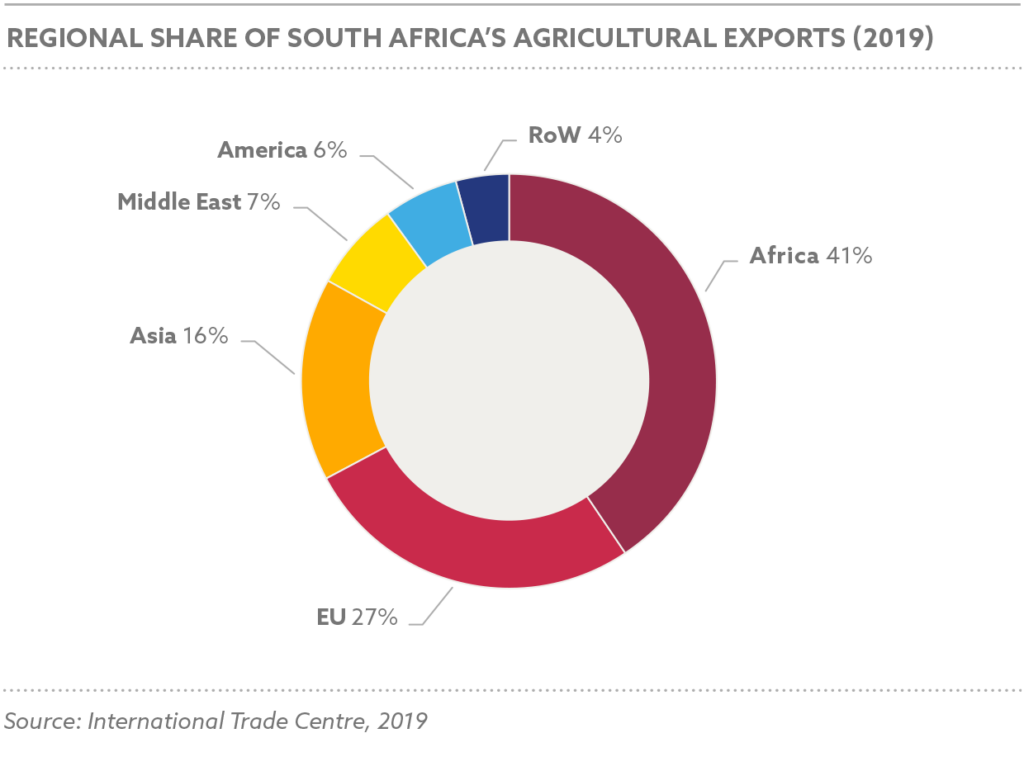
Overall, Africa remained South Africa’s largest agricultural export market, accounting for 41% of total agricultural exports. The EU accounted for 27% of South Africa’s agricultural exports in 2019, with Asia taking up 16% and the Middle East 7%. The Americas and the rest of the world (ROW) accounted for 6% and 4% of South Africa’s agricultural exports, respectively (see Figure 13).
South Africa’s grain trade
South Africa’s cereal exports declined by 21% from R7.4 billion in 2018 to R5.8 billion in 2019. Maize exports decreased by 32% from R6 billion in 2018 to R4.1 billion in 2019.
Wheat exports, mainly to African countries, increased from R259 million in 2018 to R650 million in 2019, an increase of 150%.
South Africa remains a net importer of wheat. Although less wheat was imported in 2019 (1.842 million tons) compared to 2018 (1.984 million tons), the value of South Africa’s wheat imports increased by 6.41% from R5.35 billion in 2018 to R5.7 billion in 2019. This was mainly due to the weakening of the Rand against the US$. The bulk of imported wheat was sourced from the Russian Federation and other European Union countries.
South Africa’s oilseed trade
Imports of oilseeds increased from R1.57 billion in 2018 to R1.8 billion in 2019, increasing by 15%. This was mainly due to an increase in the imports of groundnuts from R196 million in 2018 to R607 million in 2019, an increase of 210%. Imports of both soybeans (R59 million) and sunflower seed (R32 million) in 2019 are well below the 5-year averages of R483 million and R194 million, respectively. This is mainly due to better than average crop estimates experienced in the past five years.
South African animal feed and raw materials
The value of imported animal feed products and related raw materials remained steady at R5.5 billion in 2019 compared to 2018. Exports declined by 12% from R4.9 billion in 2018 to R4.3 billion in 2019.
Soya bean meal remained a major import component of animal feed raw materials but did see declines of 9.6% in quantity and 11% in value imported in 2019. Argentina remains the primary source of soya bean meal for South Africa. Imports of soya bean meal from Zambia and Malawi showed a decrease of 89% from 78 000 tons in 2018 to 8 400 tons in 2019.
Cotton oilcake imports decreased from 59 000 tons to 61 000 tons while the value increased by 3.26 % from R184 million in 2018 to R190 million in 2019. Sunflower oilcake imports in 2019 increased by 190% and R251 million from 2018.
The total wheat bran imported saw a decrease of 14% from 2018 to 114 000 tons.
Exports of feed supplements decreased from R2.156 billion in 2018 to R1.4 billion in 2019, decreasing 14.8%. The bulk of the exports was destined for African countries.
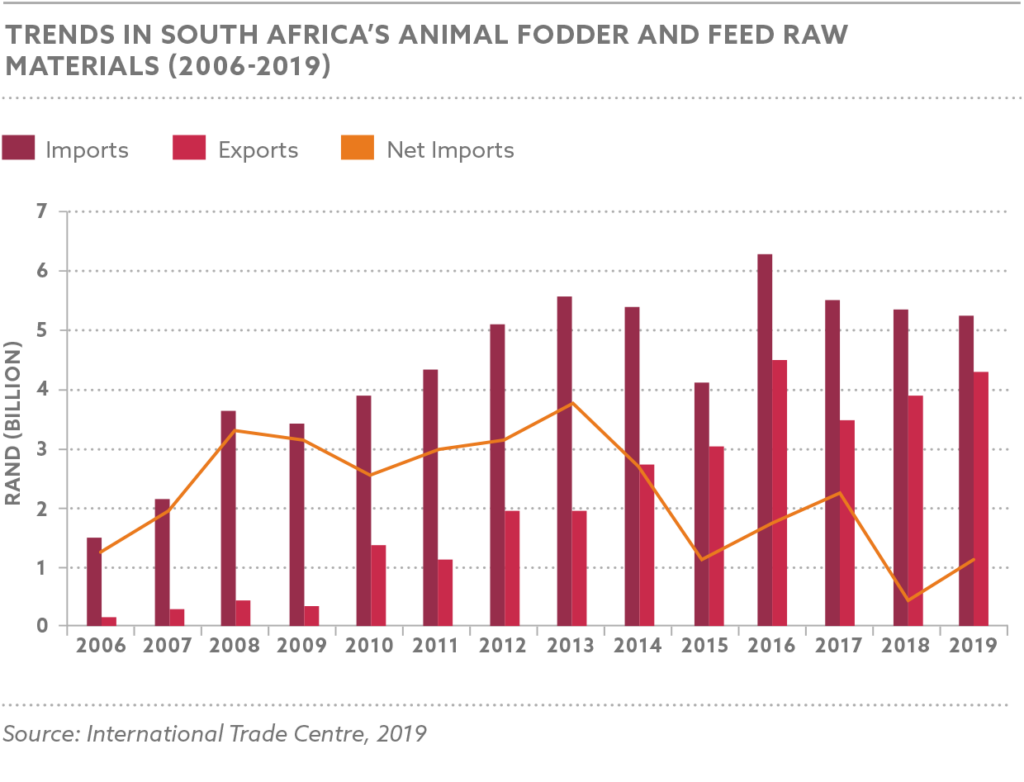
6. AFMA Feed Sales: 2019/20
After recovering from a -1.9% loss in sales volumes in 2017/18, feed sales remained on the road to recovery and ended with a 4.6% volume increase for 2018/19.
However, feed sales continued to reflect the drought conditions suffered in some parts of the country and ongoing challenges within the poultry industry. Despite these hardships, feed sales remained positive, recording a 1.2% growth in 2019/20
amounting to 6 723 822 tons. Measured in volumes, the further increase from 2018/19 was led by the poultry feed sales segments followed by pork and dairy (refer to Table 1).
Like the local poultry industry, the feed industry, the primary supplier to the poultry industry is anxiously awaiting the outcomes and effects of the new SA Poultry Sector Plan, which includes specific trade remedies against unfair trade and dumping of poultry in the SA market primarily by the EU, Brazil.
Additional trade remedies against specific importing countries have been applied for by SAPA. Should these applications be successful, they will support the local poultry industry’s implementation of their Poultry Sector Master Plan. The plan is aimed at growth of the local industry, transformation, expansion of production and the development of a sustainable export market.
Should these outcomes materialise, it would benefit not only the feed sector but also the entire South African grain and oilseed value chain. It would also lead to policy certainty, encourage investments, growth, and vast job creation in these sectors by achieving the primary outcomes of the National Development Plan (NDP).

National Feed Sales: 2019/20
According to Table 2, national feed production showed the same trend as that of AFMA. National feed volumes for 2018/19 were calculated at 11 508 521 tons, showing an increase of 4.4% on a countrywide national production level.
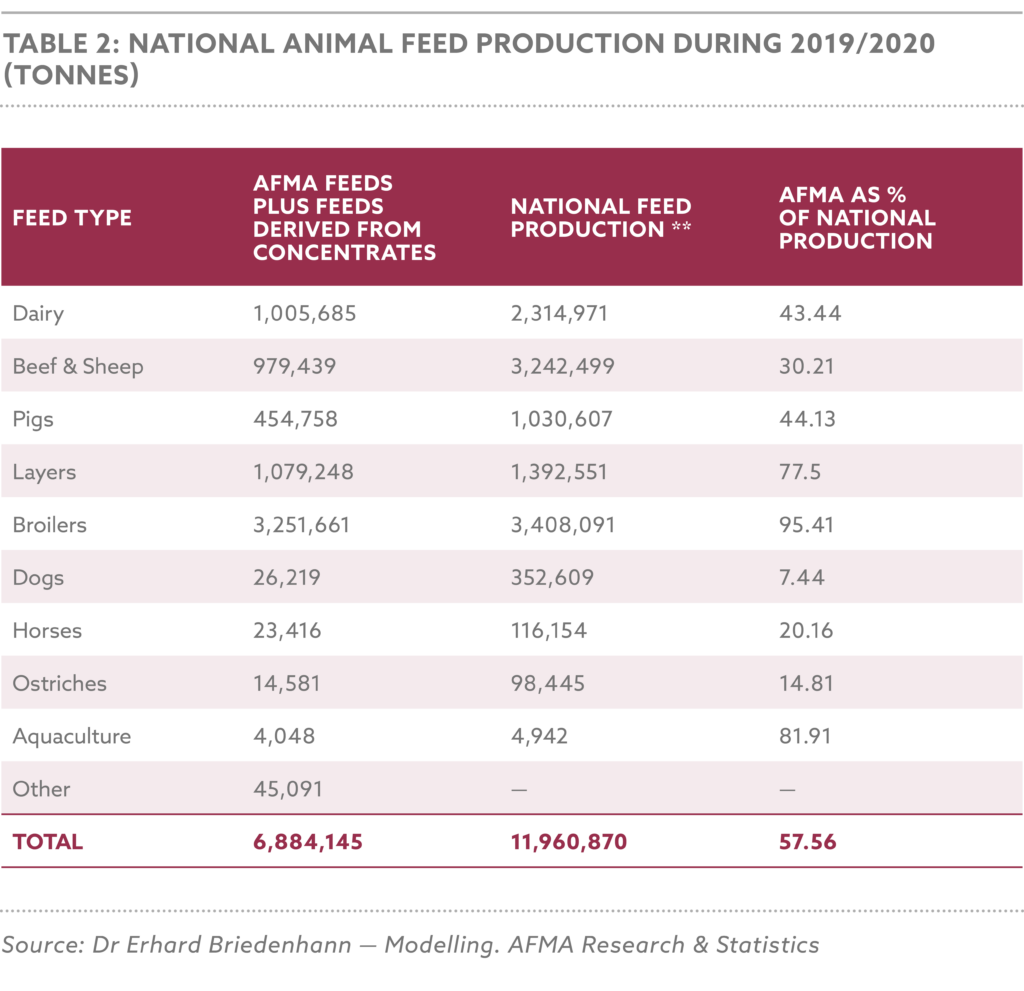
For more information please visit: www.afma.co.za.










